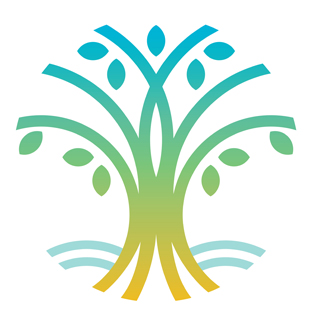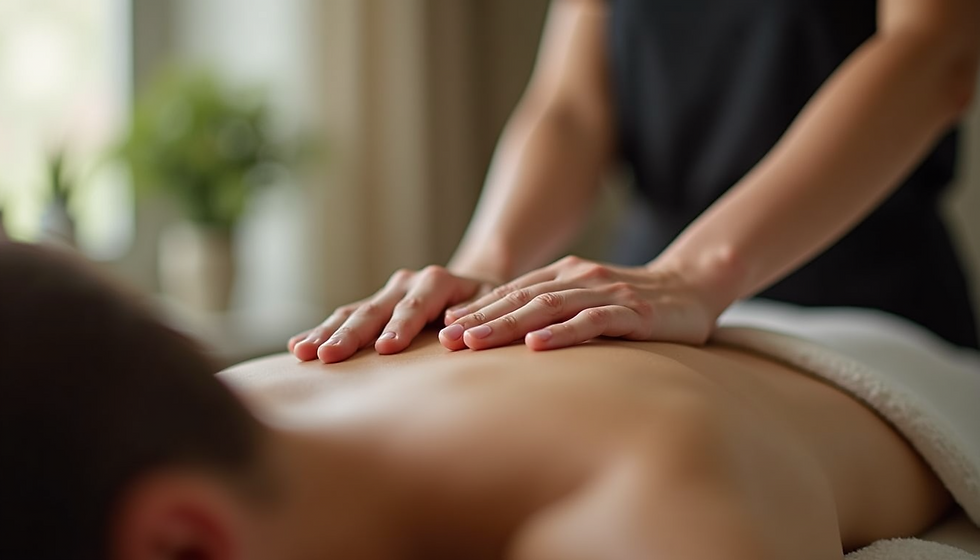Exploring the Fundamentals of Reiki Healing
- Nikki Staley
- Oct 6
- 4 min read
Reiki healing is a gentle, non-invasive practice that has gained popularity worldwide for its ability to promote relaxation and well-being. Rooted in ancient traditions, Reiki offers a unique approach to healing by channeling energy through the hands to support the body's natural ability to heal itself. This article explores the fundamentals of Reiki healing, providing clear insights and practical information for those curious about this holistic therapy.
Understanding Reiki Healing Fundamentals
Reiki is a Japanese technique developed in the early 20th century by Mikao Usui. It is based on the idea that an unseen "life force energy" flows through us and is what causes us to be alive. When this energy is low or blocked, it can lead to physical or emotional imbalances. Reiki healing fundamentals focus on restoring this energy flow to promote health and harmony.
The practice involves a Reiki practitioner placing their hands lightly on or just above the body in a series of positions. This process is believed to transfer energy, helping to clear blockages and stimulate the body's healing processes. Reiki is often used alongside conventional medicine to reduce stress, alleviate pain, and support recovery.
Some key principles of Reiki healing include:
Energy flow: Reiki works by balancing the energy within the body.
Non-invasive: The technique is gentle and does not involve manipulation or pressure.
Holistic approach: Reiki addresses physical, emotional, and spiritual well-being.
Universal energy: Reiki energy is said to be universal and accessible to all.
For those interested in learning more about what is reiki, this link provides a detailed explanation and background.

The History and Origins of Reiki
Reiki's origins trace back to Japan, where Mikao Usui developed the system after achieving enlightenment on Mount Kurama in Japan. Usui combined ancient healing techniques with his own discoveries to create a method that anyone could learn and use. Since then, Reiki has spread globally, adapting to various cultures and healing traditions.
The system is traditionally taught through a series of attunements or initiations, where a Reiki master passes on the ability to channel energy. This process is said to open the practitioner's energy channels, allowing them to connect with the universal life force.
Reiki's history is rich with stories of healing and transformation. It has been embraced by hospitals, wellness centres, and individuals seeking complementary therapies. Its simplicity and accessibility make it a popular choice for those looking to enhance their health naturally.

What Happens During a Reiki Session?
A typical Reiki session lasts between 45 minutes to an hour. The client usually lies down fully clothed on a massage table or sits comfortably in a chair. The practitioner begins by creating a calm environment, often using soft lighting, gentle music, or aromatherapy to enhance relaxation.
During the session, the practitioner places their hands lightly on or just above specific areas of the body. These positions correspond to energy centres or chakras. The practitioner may hold each position for several minutes, sensing the flow of energy and adjusting their hands as needed.
Clients often report feeling warmth, tingling, or a deep sense of peace during the session. Some experience emotional release or vivid imagery, while others simply enjoy the restful state. Reiki is safe and suitable for people of all ages, including children and those with chronic conditions.
After the session, it is common to feel relaxed and refreshed. Practitioners may offer guidance on self-care or recommend follow-up sessions to support ongoing healing.

Benefits and Applications of Reiki Healing
Reiki healing offers a wide range of benefits that extend beyond physical health. Many people turn to Reiki to complement medical treatments or to manage stress and emotional challenges. Some of the most commonly reported benefits include:
Stress reduction and relaxation: Reiki helps calm the nervous system and reduce anxiety.
Pain relief: It can alleviate chronic pain, headaches, and muscle tension.
Emotional balance: Reiki supports emotional healing and mental clarity.
Improved sleep: Many clients experience better sleep quality after sessions.
Enhanced recovery: Reiki may speed up healing after surgery or injury.
Reiki is also used in palliative care to provide comfort and improve quality of life. Its gentle nature makes it accessible for people with various health conditions, including cancer, arthritis, and depression.
To get the most from Reiki, it is recommended to have regular sessions and combine them with healthy lifestyle choices such as balanced nutrition, exercise, and mindfulness practices.
How to Choose a Reiki Practitioner
Finding the right Reiki practitioner is important to ensure a positive and effective experience. Here are some tips to help you choose:
Check qualifications: Look for practitioners who have completed formal training and attunements.
Experience: Consider how long they have been practising and if they specialise in any particular areas.
Reputation: Read reviews or ask for recommendations from trusted sources.
Comfort level: Choose someone you feel comfortable with and who listens to your needs.
Professionalism: Ensure they follow ethical guidelines and maintain a clean, welcoming environment.
Many practitioners offer an initial consultation to discuss your goals and answer questions. This can help you decide if Reiki is right for you.
Integrating Reiki into Daily Life
Reiki is not only a therapy but also a way to connect with your own energy and promote ongoing well-being. Here are some practical ways to integrate Reiki principles into your daily routine:
Self-Reiki: Learn simple hand positions to practice Reiki on yourself for stress relief and energy balance.
Mindfulness: Combine Reiki with meditation or breathing exercises to deepen relaxation.
Positive intentions: Use Reiki to set intentions for healing and personal growth.
Healthy habits: Support Reiki with good nutrition, hydration, and regular physical activity.
Energy awareness: Pay attention to how your energy feels and take breaks to recharge when needed.
By incorporating Reiki into everyday life, you can enhance your resilience and maintain a sense of harmony.
Reiki healing fundamentals offer a pathway to holistic health that is accessible, gentle, and deeply supportive. Whether you are seeking relief from physical symptoms or looking to nurture your emotional and spiritual well-being, Reiki provides a valuable tool for self-care and healing. Exploring this ancient practice can open new doors to balance and vitality in your life.





Comments